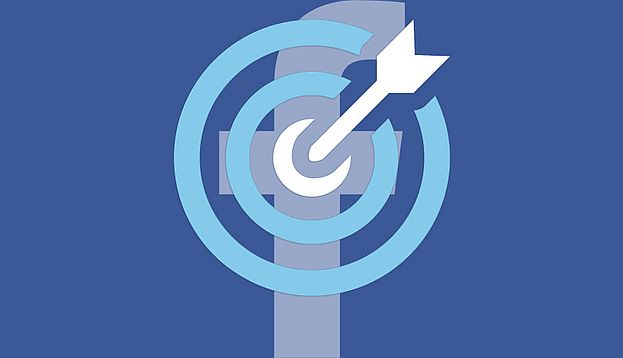Facebook is ready to take its advertising model to the next level with a new business plan.
Introduced earlier this week via the company’s official blog page, the Cost-Per-Click program is intent on helping advertisers get a better idea of how ads perform against their pre-set objectives.
In the blog entry, Facebook explained a number of reasons for the change, explaining that its “ad offerings have become increasingly tailored to helping advertisers meet their objectives.” Once it goes into effects, “advertisers who care about link clicks are likely to see better return on advertising spend, since they’ll be paying for only the most valuable outcome,” said the post.
But what effect will this have on companies in the long run Many feel that it will help increased Facebook’s ad sales, as well as the creative side of the site, especially when it comes to marketers that have branding on their minds.
Adweek recently reported that Keywee CEO Yaniv Makover, among others, feel that this will be a change for the better. Spending increases “will be significant,” according to Makover, especially with packaged goods-based companies and automotive brands. “Now that Facebook CPC actually refers to cost per website click, brands will feel like they are comparing apples to apples,” added Makover. “They are going to be spending more money on Facebook.”
In addition, he added that “the new CPC rates are going to be a lot higher compared to the old CPC. So if you were paying five cents for a click, now you will be paying around 16 cents.”
There’s more to the business model, though, at least according to Chicago-based digital marketing consultant David Deal. “Focusing on click-throughs will make Facebook more valuable so long as Facebook can deliver targeted audiences to brands. It’s not enough for Facebook to drive more traffic to a website. Facebook needs to consistently deliver well-defined and desirable audiences.
“The change in Facebook’s pricing configuration is further evidence that social media is morphing into a direct-response play for brands,” he continued. “We’ve already seen Facebook, Instagram, and Pinterest introduce buy buttons recently. Likes and shares are less important than commerce.”
Omer Shai, chief operating officer for Wix.com, also added to the conversation. “This change will help draw even more direct-response marketers to Facebook since it purifies the traffic-acquisition process and guarantees that every dollar spent on (the platform) will now lead the user to the funnel marketers are promoting,” he said.
However, this will bring about more ad creativity, which is just what the doctor ordered for some companies. “Think about it, if you’re trying to lead users into the funnel and avoid paying for social actions, you’ll probably use very clear-cut creative now with this change,” said Shai. “I’m sure we’ll start seeing ads that are really pushing the boundaries.”
Deal also added, “The focus on click-throughs will pressure brands to make more effective creative ads on Facebook. Compelling people to visit you or buy from you is more challenging than convincing someone to simply like your ad. Brands will need to work harder to benefit from direct-response ads.”
Here’s hoping that the CPC will be a beneficial program to advertisers and creative types alike.

